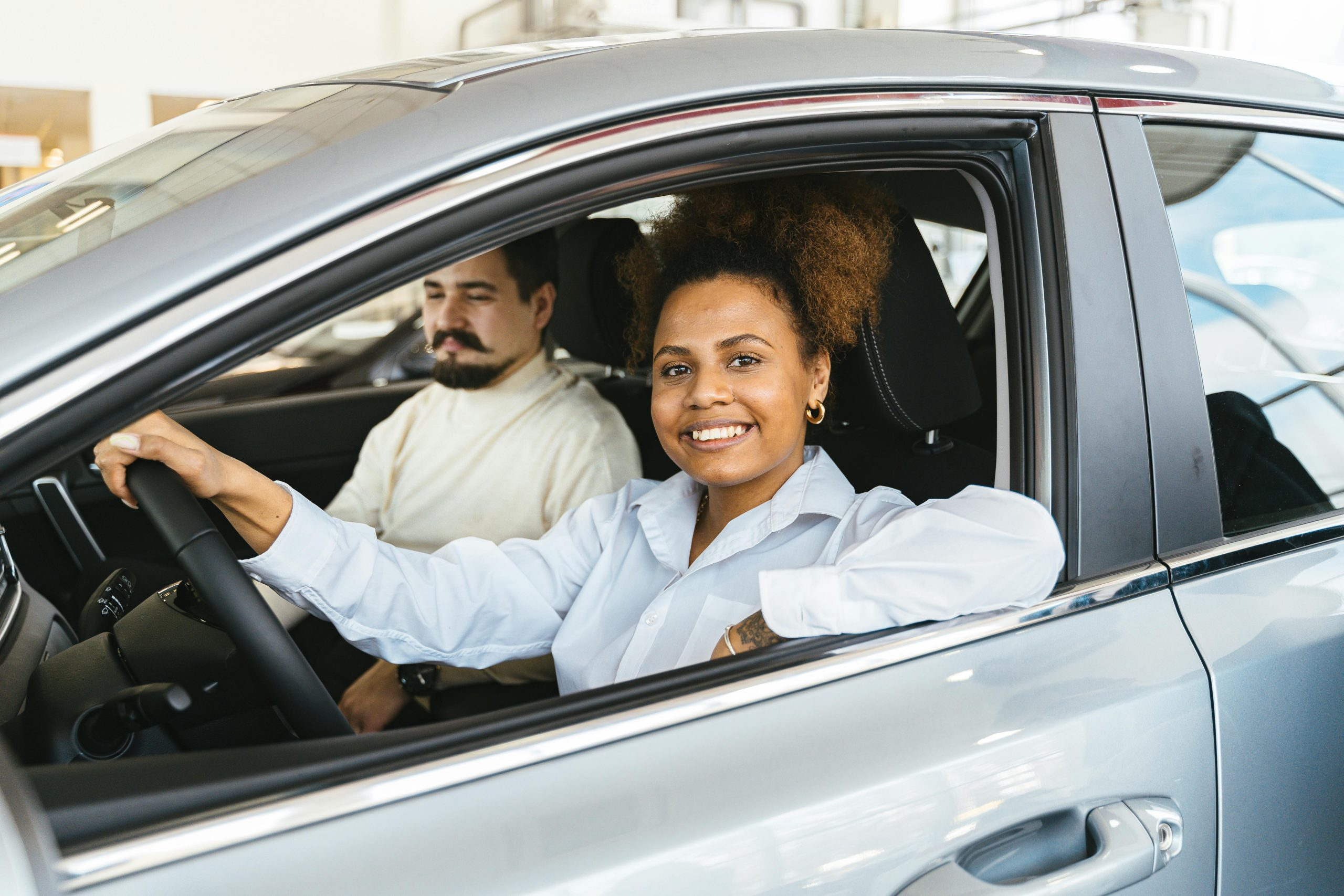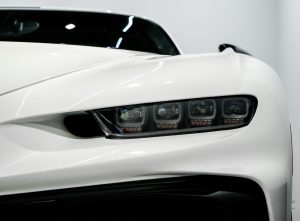The Future of Car Dealerships: Digital Sales and Virtual Showrooms
With the continuous advancement of technology, the car dealership industry has seen a significant shift in recent years. Gone are the days when customers would visit multiple dealerships before making a purchase. Today, with the rise of digital sales and virtual showrooms, car dealerships are transforming the way they do business. This move towards a more digital approach is not just a trend, but it is the future of car dealerships. In this article, we will explore how these changes will shape the future of car dealerships and what it means for both dealers and customers.
The Rise of Digital Sales
The rise of digital sales has been a game-changer for the automotive industry. In the past, buying a car typically involved visiting a dealership, test driving several vehicles, negotiating with a salesperson, and finally making the purchase. This process was often time-consuming and tedious, leading customers to feel overwhelmed and frustrated. However, with the rise of digital sales, customers can now browse, compare, and even purchase vehicles online from the comfort of their own homes.
The Convenience Factor
The convenience factor is one of the primary reasons for the increasing popularity of digital sales. Customers can now view a wide selection of vehicles, compare prices and features, and even customize their cars, all with just a few clicks. This convenient process saves customers a tremendous amount of time and effort, making it a more attractive option than traditional car buying.
Increased Transparency
Another significant advantage of digital sales for customers is the increased transparency. In traditional car buying, customers often felt like they were kept in the dark about the actual costs of a car. With digital sales, customers can see all the costs associated with a vehicle, including taxes and fees, giving them a clear understanding of the final price.
The Impact on Dealerships
While digital sales have made car buying more convenient for customers, it has also had a significant impact on traditional dealerships. With the rise of online car buying, dealers are facing increased competition and a shift in consumer behavior. This has led to the emergence of a new type of dealership – one that operates primarily in the digital space.
Virtual Showrooms
One of the most significant changes in the dealership industry is the rise of virtual showrooms. These showrooms allow customers to view and interact with vehicles in a digital environment. With features like 360-degree views, detailed specifications, and even virtual test drives, virtual showrooms provide customers with a closer look at a vehicle than they would get in a traditional dealership.
Reduced Overhead Costs
Virtual showrooms have also been beneficial for dealerships as they typically have lower overhead costs than traditional dealerships. Without the need for a physical location and associated expenses, dealerships can save on rent, utilities, and staffing costs. This, in turn, can lead to competitive pricing for customers and a more profitable business for dealers.
The Future of Car Dealerships
The rapid growth of digital sales and virtual showrooms has undoubtedly changed the car dealership industry. However, this is just the beginning. As technology continues to advance, we can expect to see even more changes in the future. Predictive analytics, augmented reality, and artificial intelligence are just a few of the technologies that will continue to revolutionize the industry.
More Personalization
With the use of technologies like artificial intelligence, dealerships will be able to provide a more personalized experience for customers. This will allow dealerships to tailor their offerings and services to the individual needs and preferences of each customer, making for a better overall buying experience.
Virtual Reality Test Drives
Virtual reality has the potential to change the way we test drive cars. With virtual reality technology, customers can experience what it’s like to drive a car without ever stepping foot inside one. This will not only save time but also reduce the number of test drives dealerships need to offer, making the process more efficient for both customers and dealers.
In Conclusion
The future of car dealerships is undoubtedly headed towards a more digital landscape. With the rise of digital sales and virtual showrooms, customers can expect a more convenient, transparent, and personalized car buying experience. While traditional dealerships may see this as a threat, adapting to these changes and embracing the newest technologies will only lead to a better and more successful business in the long run. It’s time for dealerships to embrace the future and capitalize on the benefits of digitalization in the automotive industry.








